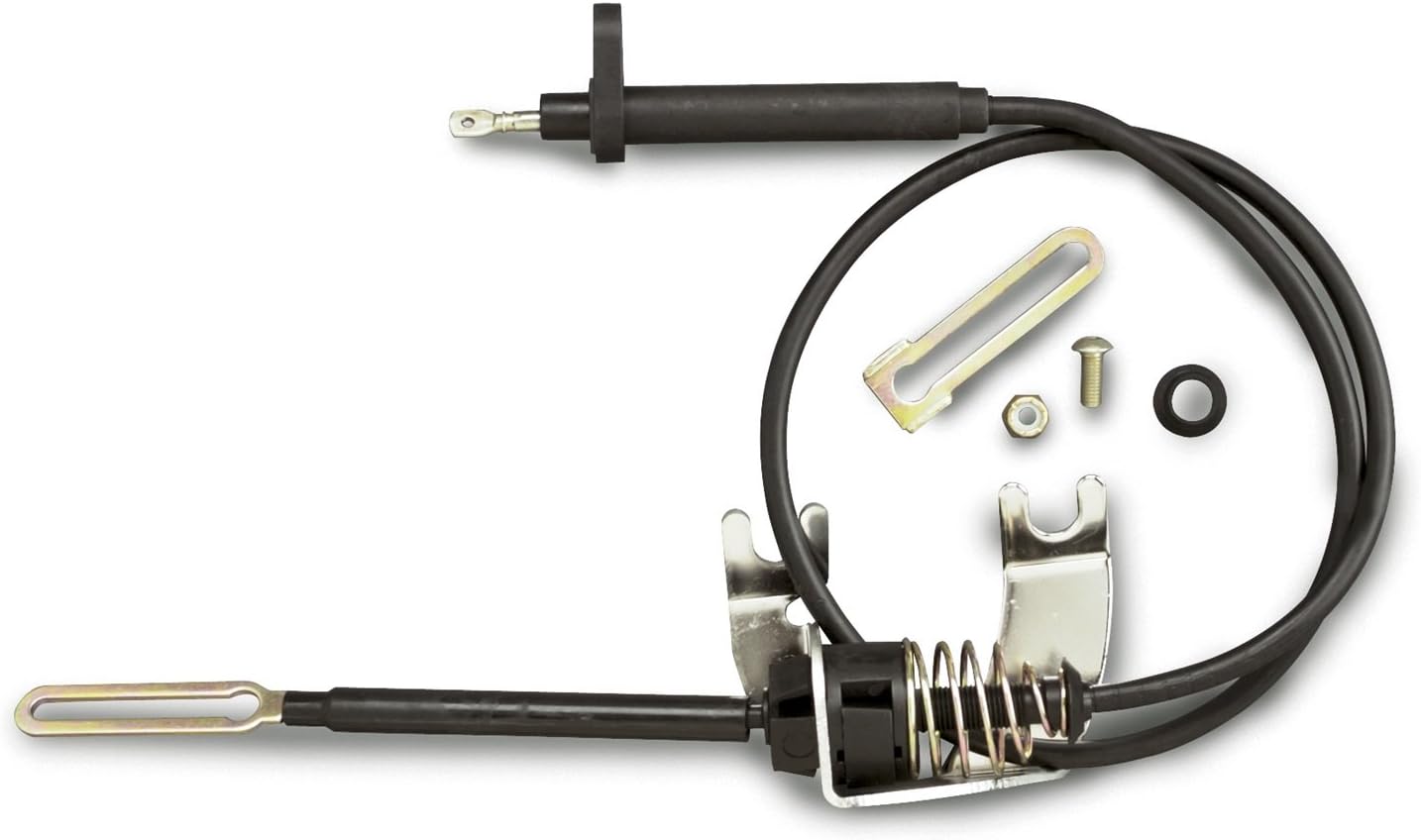The P2647 Honda Pilot 2006 is a notorious issue that 2006 models may encounter.
This code indicates a malfunction in the rocker arm oil pressure switch circuit.
If you’re wondering what causes this error, what its symptoms are, and how to fix the P2647 code, you’re in the right place!
In this article, we’ll explore the ins and outs of this issue, including its causes, symptoms, and solutions.
So, buckle up, and let’s dive in!
What is the code P2647 on a 2006 Honda Pilot?

The P2647 error code is a diagnostic trouble code (DTC) that is set in the Engine Control Module (ECM) of certain Honda vehicles.
This code is related to an issue with the rocker arm oil pressure switch circuit.
The rocker arm oil pressure switch is responsible for detecting the oil pressure in the rocker arm assembly and sending a signal to the ECM.
When the ECM detects that the signal from the VTEC oil pressure switch is outside the expected range, it triggers the P2647 code and illuminates the Check Engine light.
This issue can cause a variety of symptoms, including reduced performance and efficiency, reduced fuel efficiency, rough running, and a check engine light.
What are the symptoms of the P2647 Honda Pilot 2006, 2007?
The manifestations of the P2647 error code can exhibit variations based on the gravity and root cause of the issue. Nevertheless, certain conspicuous indicators linked to this code encompass:
-
Activated malfunction indicator lamp
An evident symptom of the P2647 code is the illumination of the Check Engine light on the vehicle’s dashboard, serving as a warning that there is an issue requiring attention.
-
Diminished engine performance
The engine may exhibit suboptimal operation, characterized by reduced power, sluggish acceleration, or potential stalling. Occasional rough idling or engine misfires might also manifest.
-
Transmission anomalies
In certain instances, the P2647 code could lead to complications in the vehicle’s transmission system, manifesting as slipping, hesitation, or challenges in gear shifting.
-
Inefficient fuel utilization
A malfunctioning switch may compel the engine to operate inefficiently, contributing to a decrease in fuel economy.
-
Additional indicators
There are potential additional symptoms associated with the P2647 code, depending on the specific circumstances.
What Causes the P2647 Error Code in Honda Vehicles?
The P2647 error code in Honda vehicles emerges when the Engine Control Module (ECM) identifies a fault in the VTEC oil pressure switch circuit. Exploring the origins of this issue reveals various potential causes:
-
Malfunctioning Honda Pilot Oil Pressure Switch
A prevalent culprit behind the P2647 Honda code is a defective rocker arm oil pressure switch. This component, when faulty, can generate inaccurate signals, triggering the error code.
-
Wiring Complications
The wiring connecting the rocker arm oil pressure switch to the ECM may suffer damage or corrosion over time. This damage can result in signal interruptions or complete blockages, contributing to the occurrence of the P2647 code.
-
Low Oil Pressure
When the engine experiences low or fluctuating oil pressure, it can lead to a decrease in overall oil pressure, prompting the activation of the P2647 code.
-
Faulty Engine Control Module
In rare instances, the ECM itself may be defective, failing to accurately receive or interpret signals from the VTEC/rocker arm oil pressure switch. This scenario can also contribute to the manifestation of the P2647 error code.
How Can the Honda P2647 Code be Expertly Diagnosed in a 2006 Honda Pilot?
When identifying a DTC P2647 error code in a 2006 Honda Pilot, a careful diagnostic approach, aided by specialized tools and expertise, is essential.
Nevertheless, here is an elevated rendition of the diagnostic steps that an adept mechanic undertakes to pinpoint the issue with unparalleled precision:
1: Vehicle Scanning Mastery
Employing the prowess of an OBD-II scanner marks the initial stride in the diagnostic journey. This advanced tool not only deciphers the P2647 code but also unravels any companion codes that might have surfaced, furnishing a comprehensive insight into the specific system or component at the epicenter of the issue.
2: Rigorous Rocker Arm Scrutiny
The mechanic embarks on a meticulous examination of the rocker arm oil pressure switch, leaving no room for oversight when it comes to detecting subtle signs of wear or damage. This level of scrutiny ensures a thorough understanding of the switch’s condition, a cornerstone in the diagnostic process.
3: Electrical Nexus Verification
Delving into the intricacies of connectivity, the mechanic scrutinizes the wiring linking the rocker arm oil pressure switch to the ECM. A discerning eye is cast upon potential damages, such as frayed wires or corrosion, ensuring that the electrical connection remains impeccable for seamless functionality.
4: Holistic Engine Fluid Analysis
Elevating the diagnostic regimen, the mechanic conducts a comprehensive analysis of the engine oil level and pressure. This meticulous examination ensures that these vital parameters align harmoniously with the manufacturer’s recommended range. Any deviation prompts a further investigation into the root cause of potential low oil pressure conditions.
5: ECM Interrogation for Rare Culprits
Acknowledging the rarity but embracing thoroughness, the final diagnostic frontier involves scrutinizing the Engine Control Module (ECM). Even if prior tests showcase resilience, a meticulous inspection of the ECM becomes imperative to rule out any latent triggers that may contribute to the P2647 error code.
How Can You Effectively Address the Honda Pilot P2647 Code?
Upon successfully identifying the root cause through a comprehensive diagnosis, let’s delve into the solutions to rectify the issue:
-
Rocker Arm Oil Pressure Switch Replacement
If the culprit lies in a faulty rocker arm oil pressure switch, the mechanic will seamlessly replace it with a new, reliable component. This ensures the proper functioning of the switch, eliminating the trigger for the P2647 code.
-
Wiring Rehabilitation
In the presence of wiring issues, the mechanic adopts a proactive approach by repairing or replacing any damaged or corroded wiring. This targeted intervention guarantees a robust electrical connection, allowing seamless signal transmission between the rocker arm oil pressure switch and the ECM.
-
Engine Oil Management
Addressing low oil level or pressure involves topping off the engine oil or opting for a complete oil change. This maintenance step ensures optimal lubrication and addresses the conditions that could lead to the activation of the P2647 code.
-
Engine Control Module Replacement
If the Engine Control Module (ECM) emerges as the culprit, a prudent course of action involves replacing the malfunctioning ECM with a new and reliable unit. This decisive step is pivotal in restoring proper communication and functionality within the vehicle’s systems.
-
Code Clearance Protocol
Post-resolution, the mechanic conducts a final step by clearing the P2647 error code from the vehicle’s memory. Utilizing an OBD-II scanner, this process ensures a clean slate in the system, affirming that the identified issues have been successfully addressed.
What Preventive Measures Can Safeguard Against DTC P2647 in Honda Vehicles?
While complete prevention may not always be attainable, there are proactive measures that can significantly mitigate the risk of encountering this issue. Explore the following strategies:
-
Adherence to Regular Maintenance
Upholding a consistent maintenance regimen serves as a formidable preventive measure. This involves adhering to the recommended maintenance schedule from auto repair shops or vehicle manufacturers, coupled with regular engine oil changes maintained at the recommended levels.
-
Selection of High-Quality Oil
Opting for high-quality engine oil that meets or exceeds manufacturer specifications emerges as a pivotal strategy. This not only prevents engine wear but also diminishes the likelihood of complications such as low oil pressure.
-
Prudent Engine Operation
Steering clear of over-revving the engine or adopting an aggressive driving style proves instrumental. Such practices can alleviate undue stress on the rocker arm oil pressure switch and other critical engine components.
-
Prompt Response to Warning Lights
Timely action upon the appearance of warning lights is paramount. Swift diagnosis and repair in response to these indicators prevent further damage, averting potentially more extensive and costly repairs.
-
Early Diagnosis and Repair Protocols
Recognizing symptoms or abnormalities promptly mandates swift action. Entrusting your vehicle to a specialist mechanic or auto repair shop for early diagnosis and repair ensures timely mitigation of potential issues.
FAQs – P2647 Honda Pilot 2006
What is the code P2647 indicating a rocker arm actuator system stuck on?
The P2647 code signals a malfunction in the rocker arm actuator system, specifically indicating that it is stuck in the “on” position. This issue pertains to the VTEC (Variable Valve Timing and Lift Electronic Control) system, affecting engine performance and efficiency.
Can you drive with code P2647?
While driving with a P2647 code is possible, it is not advisable. The code signifies a problem in the VTEC system, potentially leading to reduced engine performance. Immediate attention from a qualified mechanic is recommended to avoid further complications.
What is a rocker arm actuator stuck on Bank 1?
A rocker arm actuator stuck on Bank 1 indicates that the issue is specifically affecting the cylinders on one side of the engine. This problem disrupts the proper functioning of the VTEC system on that bank.
What causes VTEC solenoid failure?
VTEC solenoid failure can result from factors such as oil flow issues, clogs, or electrical problems. Lack of proper lubrication and irregularities in oil pressure can contribute to solenoid malfunction, impacting the VTEC system.
Can I drive with a bad rocker arm actuator?
Driving with a faulty rocker arm actuator is not recommended. A malfunction can affect the VTEC system, leading to decreased engine performance. Seeking prompt repairs from a qualified professional is advisable.
What does a rocker arm control valve do?
The rocker arm control valve regulates the flow of oil to the rocker arms in the engine. It plays a crucial role in the VTEC system, controlling the timing and lift of the valves for optimal engine performance.
What is the function of the valve rocker arm?
The valve rocker arm is a component in the engine that operates the intake and exhaust valves. It translates the motion from the camshaft to open and close the valves, controlling the flow of air and exhaust gases.
What does a VTEC pressure switch do?
The VTEC pressure switch monitors the oil pressure in the VTEC system. It signals the Engine Control Module (ECM) to engage or disengage the VTEC system based on the pressure conditions, optimizing engine performance.
What is a VVT pressure switch?
The Variable Valve Timing (VVT) pressure switch monitors the oil pressure in the VVT system. It communicates with the ECM to adjust the timing of the camshaft, enhancing fuel efficiency and performance.
What is an actuator on a Honda?
An actuator on a Honda is a mechanical or electrical device that controls specific functions within the vehicle, such as the VTEC or VVT system. It translates signals from the ECM into physical actions, optimizing engine performance.
What does an oil pressure solenoid do?
The oil pressure solenoid regulates oil flow within the engine, ensuring proper lubrication. In the context of VTEC systems, it contributes to the engagement and disengagement of VTEC by controlling oil pressure.
What is the code for a Honda Pilot P3400?
The P3400 code for a Honda Pilot indicates an issue with the Variable Cylinder Management (VCM) system. Specifically, it points to cylinder deactivation on Bank 1, impacting fuel efficiency. Professional attention is advised for resolution.
Conclusion – P2647 Honda Pilot 2006
The P2647 error in a Honda Pilot signifies a concern within the rocker arm oil pressure switch circuit.
Unraveling and rectifying the root cause of this code requires expertise, excluding simple tasks like oil flushing and changing.
Engaging a proficient mechanic or seeking assistance from a Honda dealership is advisable for effective repairs.
Acquiring insights into the causes, symptoms, diagnosis, and preventive measures associated with the P2647 code contributes to the seamless operation of your 2006 Honda Pilot, steering clear of potential expensive repairs.
Ultimately, a well-informed approach ensures the longevity and optimal performance of your vehicle.




